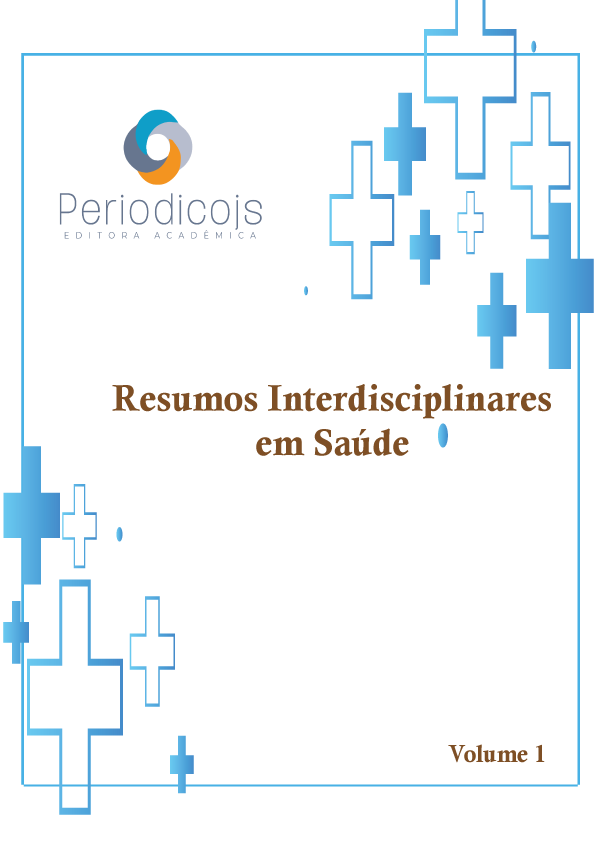Abstract
Introduction: The child needs comprehensive care, this care needs to be offered at all levels of health care, which are: primary, secondary and tertiary. Each level of health care has a role in the child’s development, the primary level of health care, offering basic care for them, such as: vaccination and childcare, already at the secondary level, intermediate care is offered, as in urgent situations and emergency, or outpatient care that the child needs. At the tertiary level, the care offered refers to high complexity, in which the child needs the hospital environment. Thus, it is understood that the levels of care need to communicate, and in addition, pass on the child’s information in each service that occurs at different levels of care, allowing continuity of care. Objective: To read articles and books referring to the continuity of child care. Methodology: This study is characterized as a reflective research, in which the reading of texts referring to the continuity of care within the Brazilian health system, the Unified Health System (SUS), was carried out. Some theoretical references were read, which guided the construction of this summary. The selection of the materials read was based on the choice of the most used references for the theme, such as Eugênio Vilaça Mendes. Results: The continuity of care within the SUS is the result of an excellent communication between the levels of health care, therefore, it is necessary for the child to start monitoring him in primary care, performing essential care, such as: immunization, childcare, monitoring of the community worker and comprehensive care. When the child needs specialized care, emergency or outpatient, he needs to be referred to another level of care, which would be secondary. In this sense, it is pertinent that the next level of health care that is to receive the child, be informed of what happened at the other level, allowing the continuity of effective care. After emergency or specialized care, the child needs to return to the primary level, and monitor childcare, generating this exchange of information between health services. In another situation, if the child needs highly complex hospital care, surgeries, and other services that require greater technology support, the child must also be referred, and communication between services must be maintained. Final considerations: Therefore, it is understood that there is a need for studies that expand knowledge on this topic, strengthening the care of children at all levels of health that they will experience.

